
Painting on Aluminium
The new series of Serfaty allows him to explore the very basic components of a work of art: color, shape, light, composition. From his aquarelle paintings, through the acrylic series and up to these aluminum works, Serfaty’s art demonstrates a process of reduction: reduction in composition, reduction of color and of theme. He explains: “I am still interested in the same concepts that have always fascinated me: borders versus continuity, separation versus integration, Nature phenomena versus Human creation. However, I feel that this series is the quintessence of these ideas.”
Exhibition in Beck Gallery at Homburg in Germany 2008
Exhibition in Beck Gallery at Homburg in Germany 2008
Exhibition in Beck Gallery at Homburg in Germany 2008
Exhibition in Music University at Saarbrucken in Germany 2008
Exhibition in Artist House in Tel Aviv 2013





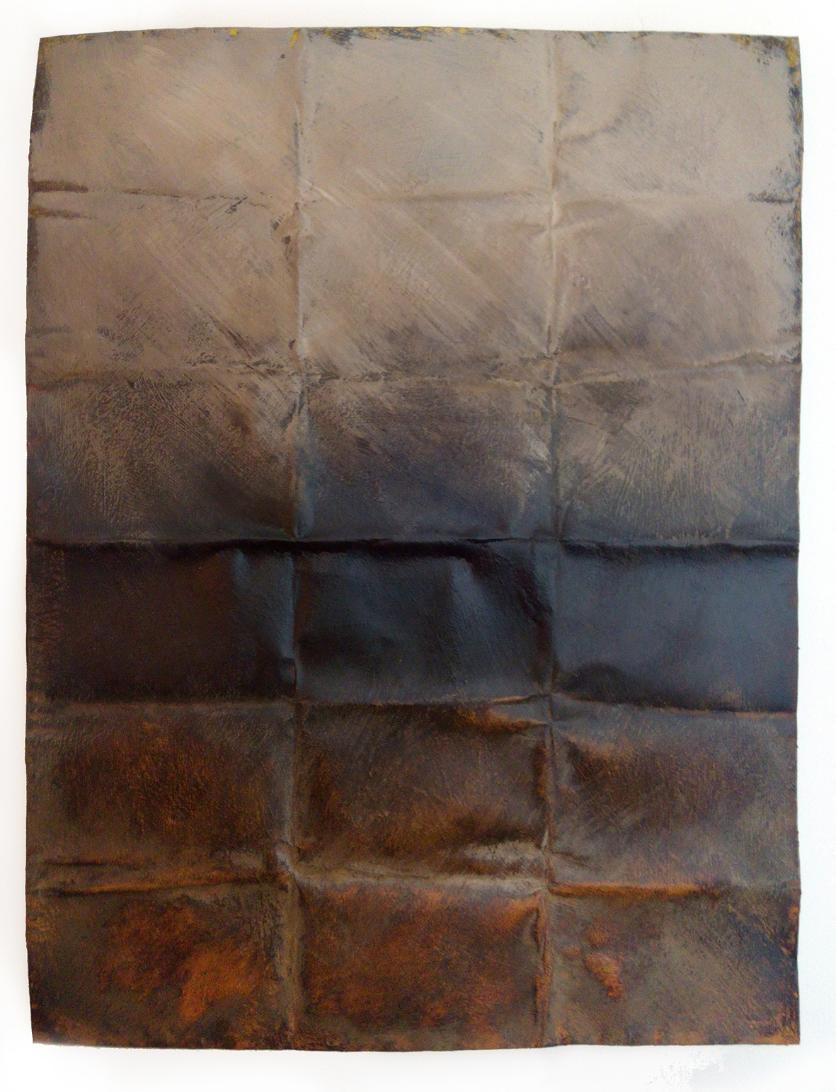
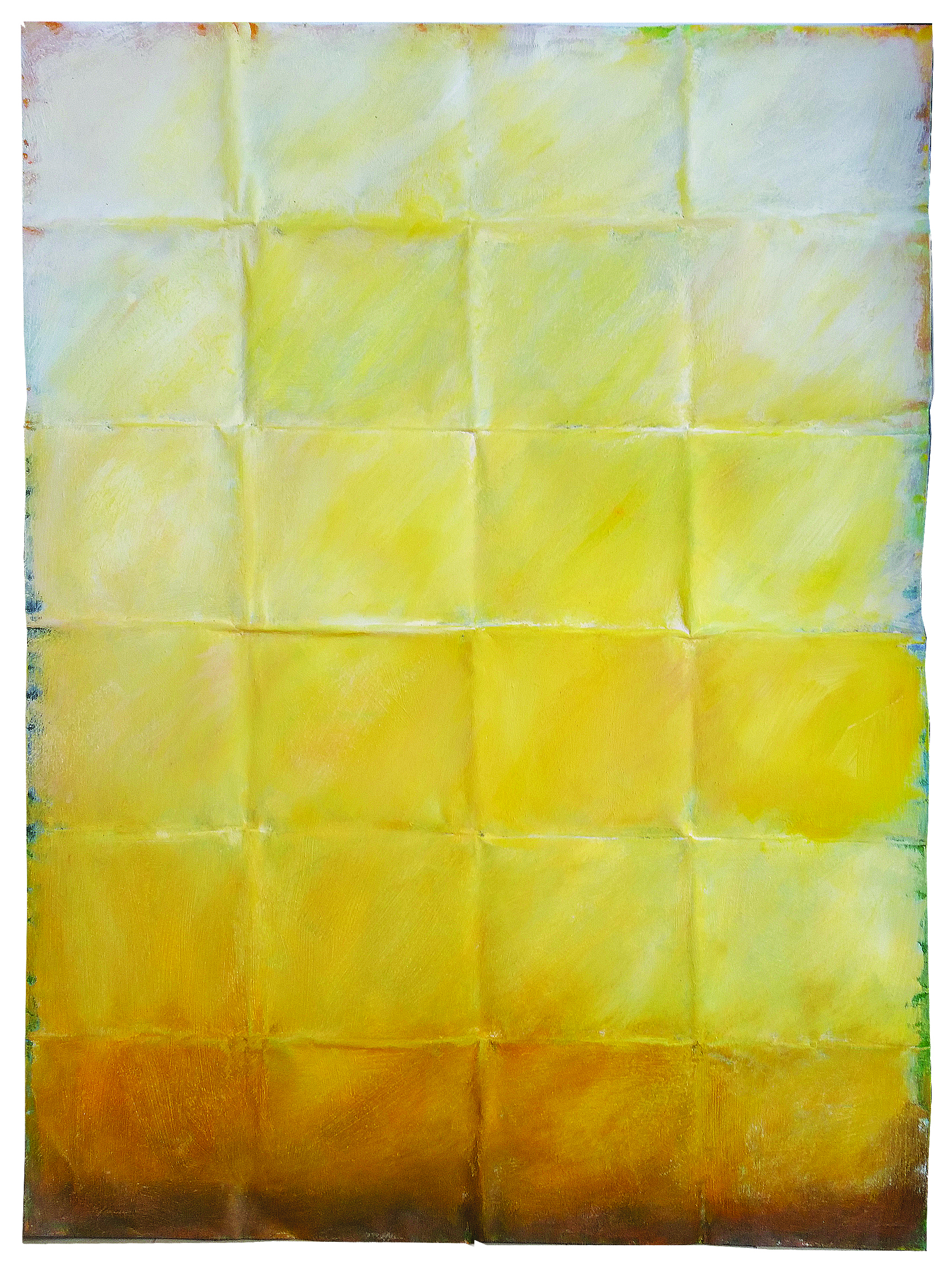


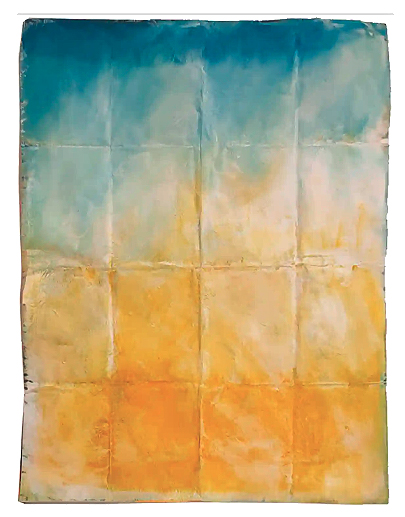

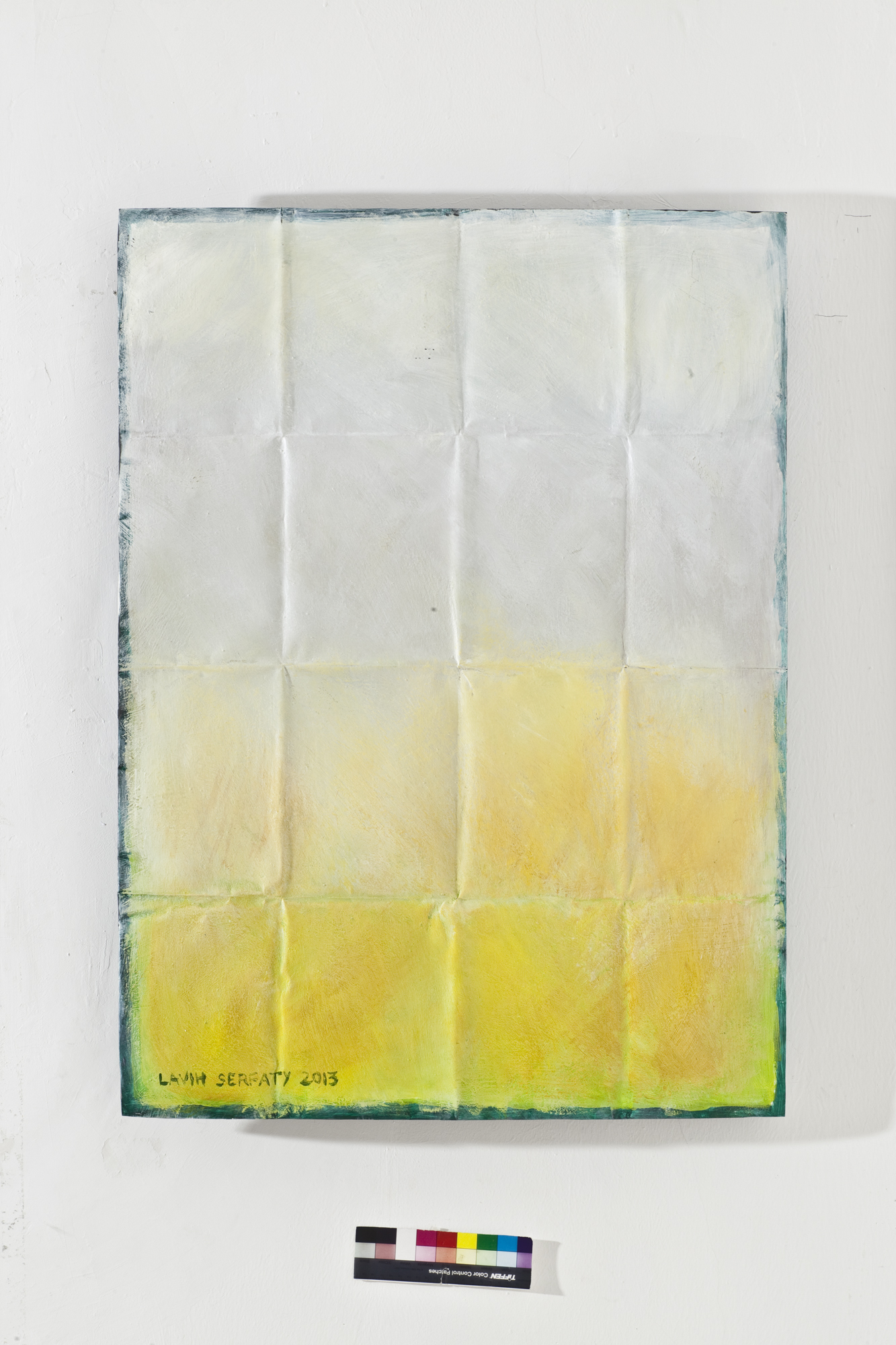
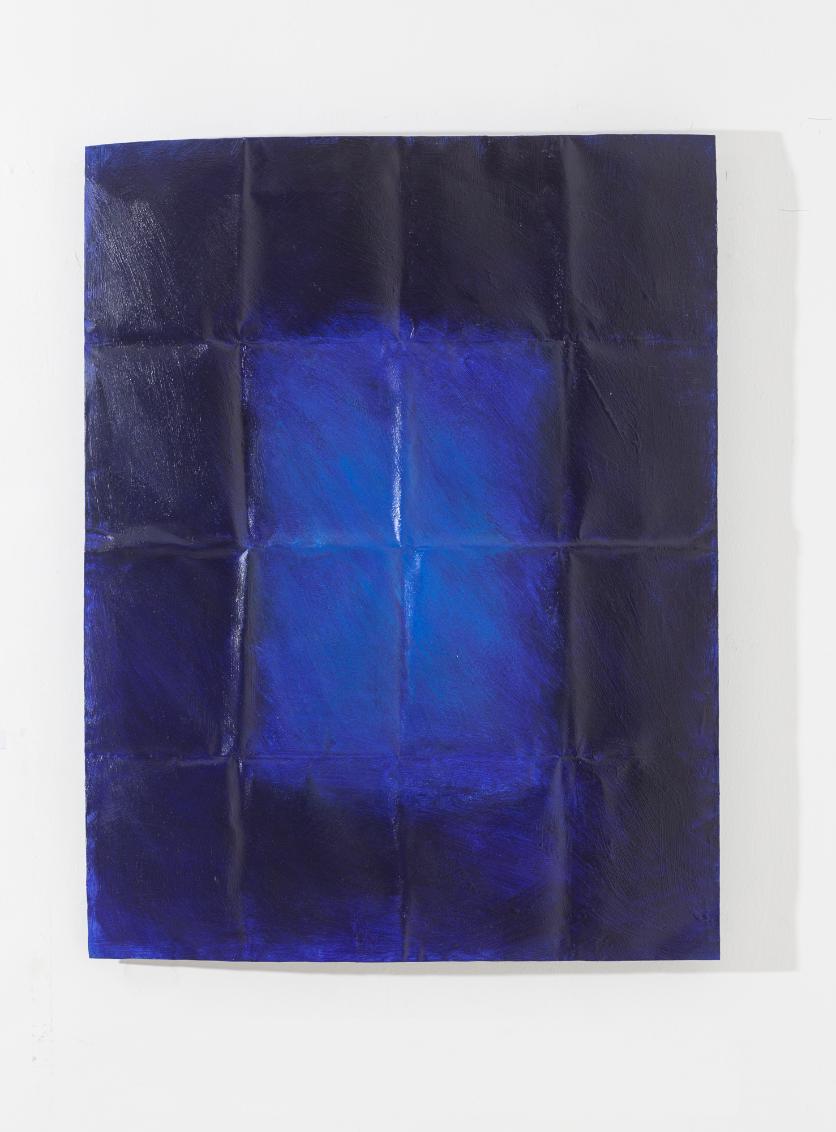
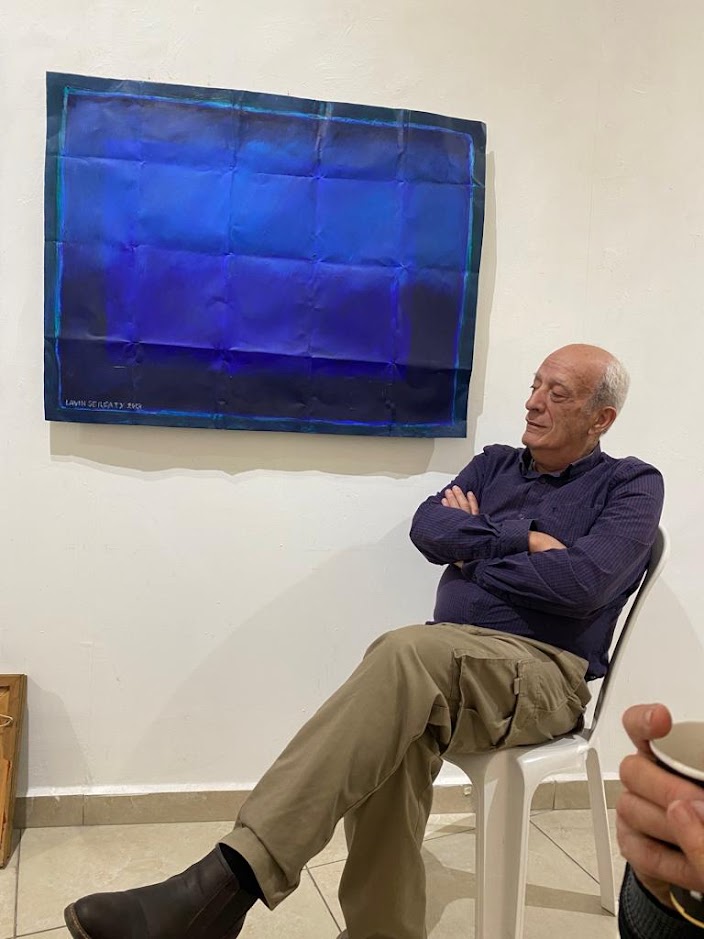
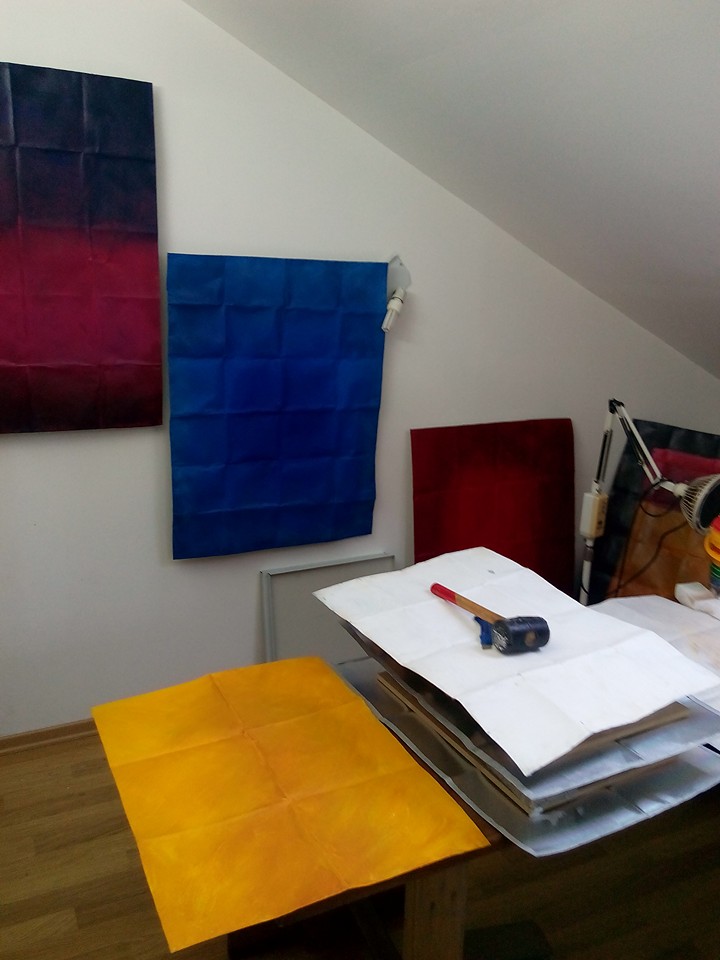
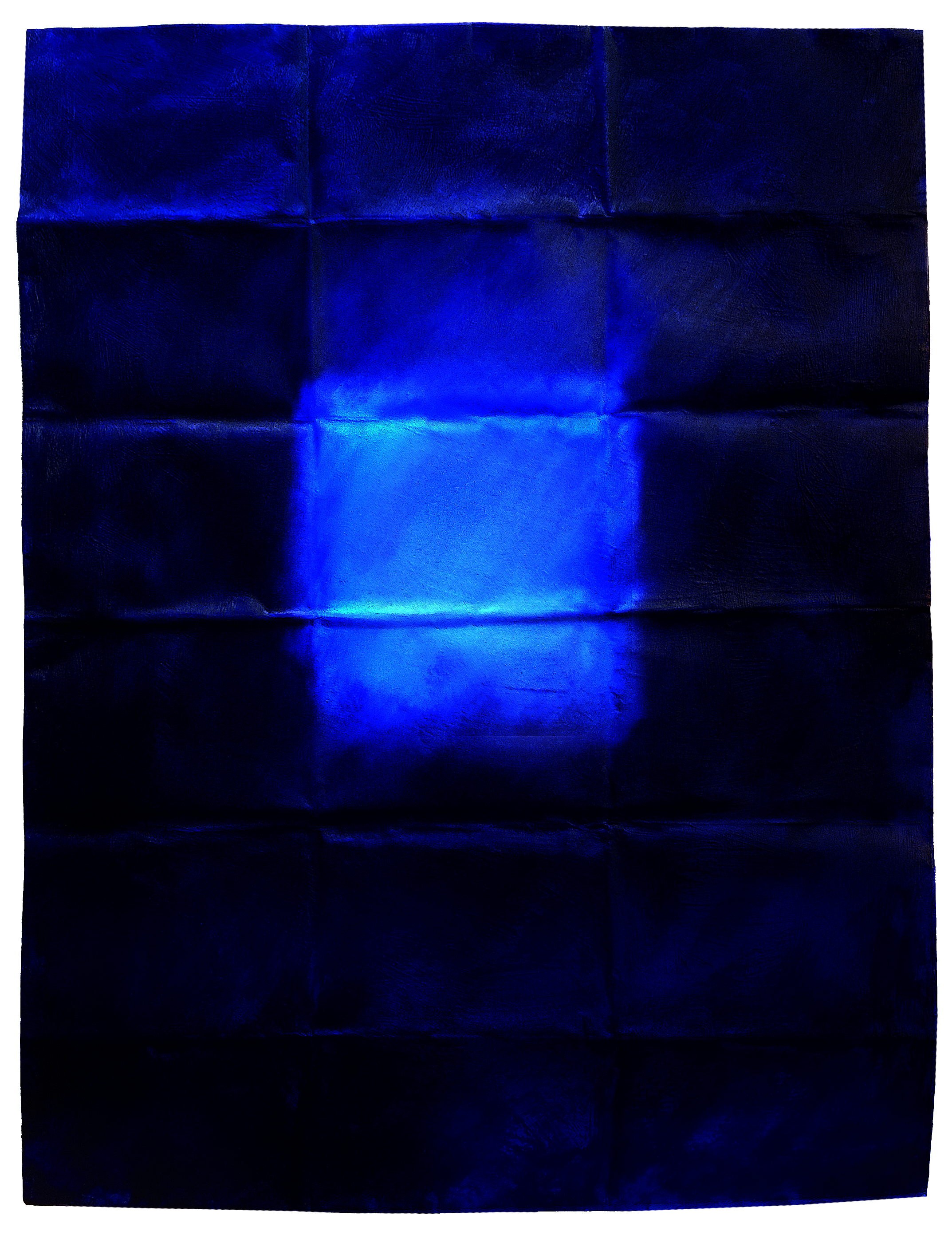

______________________________________________
Aquarelle and Gouache
The Lavih's aquarels are influenced from the wild unknown villages and nature. “...It was in the 70’s, when I had the opportunity of visiting the Sinai Desert numerous times. I was deeply influenced by the movement of light as it fell over the dunes, rocks, villages and some isolated houses, changing their colors gradually. The desert landscapes fascinated me. I had to paint them. I wanted to decipher their structure, what they are made of.”
The white background on which the transparent colors are laid, functions as an inner source of light, which illuminates the whole painting from within. Serfaty recalls: “Those villages reminded me of the views of my natal homeland Morocco, where houses are painted white, with blue and turquoise windows, creating an impressive contrast with the reddish soil background. As the bright, glaring light altered throughout the day, it reshaped the shadows and emphasised the contrasted colors of Nature...”
Soil, Land, Territory. In a country where these words are a source of recurring conflicts, landscapes usually become dreamed places, sanctuaries actually.
Painted on the borders of Israel, the aquarelles of Serfaty (born 1945, Morocco) depict the richness of colors under the Mediterranean sun.
The aquarelles do not explicitly refer to war or a battlefield.
Instead, a painful,silent testimony echoes in the red, blazing rocks of Edom Mountains or inthe scattered houses in Village on the Rocks.
“...Borders are human inventions that artificially split the course of Nature.Standing on one side of the border, I could feel the magical, healing intangibility of Nature on the other side. Landscapes, in their entirety, became accessible to my eyes and imagination. Only then, when I painted the villages of Lebanon and the West Bank, could I encompass both sides and reconcile between them”.

Edom montains above the dead sea, (monotype) aquarelle on paper 60/50 cm 1989

White city in the desert, (monotype) aquarelle on paper 50/40 cm 1991

MarElias monastery in Judea desert, (monotype) aquarelle on paper 35/30 cm 1991
The Judaea Desert slowly emerge in front of our eyes. Rocks and houses are quietly formed, as if created from the ground and interspersed among the myriad shapes. Serfaty’s rhythmical lines rule the pictorial space. They are crucial to the function of his paintings. Almost hieroglyphic in style, the lines shape and define the transparent aquarelle components to create a visual story. The lines also take an active part in regulating and arranging the pictorial space. They divide it into different areas such as sky or earth, “above” or “below”. The lines accumulate into topographical textures that vary in their density and direction according to the depicted area. Thus, earth is usually characterized by a highly dense rhythm, while the sky, comprising spaced lines, is perceived as a fresh, spiritual environment. In addition, the morphological rhythm of the lines conveys a feeling of movement that seems to be inherent to Nature itself:

Dark moon above Gaza

The Dead Sea between rocks

Golf of Eilat, guashe on paper 60/40 cm 2000

Palestinien village at night, aquarelle on paper 40/30 cm 1991

|
kippur-.pdf Size : 431.588 Kb Type : pdf |